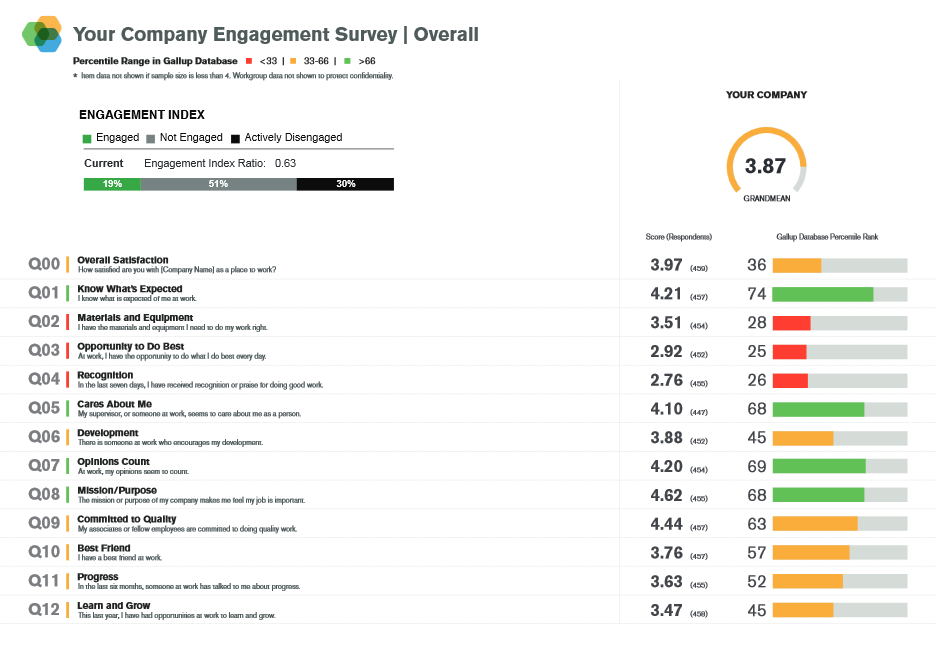

They may avoid telling friends how they did on an exam. They may experience high levels of exam anxiety. They avoid placing themselves in challenging situations. Learners with performance-avoidance goals may avoid asking for help because it demonstrates that they do not understand. How performance-avoidance relates to studying strategies and tactics. An example of a performance-avoidance item is: “My goal in this class is to avoid performing poorly.” They are extrinsically motivated by a fear of poor performance. Students with performance-avoidance goals are concerned with avoiding failure in front of others. Learners with this goal orientation may select challenging tasks or problems. Learners who have a performance-approach goal orientation are concerned about their performance or grade. How performance-approach relates to studying strategies and tactics. An example of a performance-approach item is: “It is important for me to do better than other students.” Learners who have a performance-approach goal orientation are extrinsically motivated. There is an emphasis on doing better than other students. When students have performance-approach goals, they do not necessarily care about mastering the task. Performance-approach goals are focused on the demonstration of competence relative to others (Elliot and McGregor, 2001). The learner may not check results on a practice test because they don't want to know how badly they did. When given a challenging study problem, the learner may give up sooner. The learner may choose to take easier courses. A learner with a high mastery-avoidance orientation might choose to study easier material, or solve easier problems.

How mastery-avoidance relates to studying strategies and tactics. An example of a mastery-avoidance item is: “I worry that I may not learn all that I possibly could in this class.” When students have mastery-avoidance goals, they tend to worry about their inability to master the task. Students with mastery-avoidance goals are motivated to avoid situations in which they are unable to learn. A student with high Mastery-approach might be more willing to ask for help from a teacher, even though asking for help would reveal to the teacher that they have an incomplete understanding. Some theorists equate mastery goals with intrinsic motivation and portray mastery goals as the ideal form of competence-based regulation (Elliot and McGregor, 2001). Their study strategies touch on every part of the task as they strive to master it. Learners who strive to master the task are not necessarily concerned about showing that they are competent.

How mastery-approach relates to studying strategies and tactics. An example of a mastery-approach item is: “ I want to learn as much as possible from this class.” The emphasis is on learning and self-improvement. When students have mastery-approach goals, they strive to master or know the task they are working on they are motivated to learn in order to improve their knowledge and abilities. Students with mastery-approach goals focus on the development of competence for its own sake (Elliot and McGregor, 2001). To express the results clearly to you, we converted the subscales to a score out of 10. The items were answered on a seven-point Likert scale, from 1 (not at all true of me) to 7 (very true of me). Each subscale has three items on the questionnaire. There are four subscales on the questionnaire representing (1) Mastery-approach, (2) Mastery-avoidance, (3) Performance-approach, (4) Performance-avoidance. The instrument used in this exercise is the 12-item Goal Orientation instrument designed by Elliot and McGregor (2001). Elliot and his colleagues proposed that the original mastery and performance goals be revised to distinguish between approach and avoidance motivation (Elliot & Church,1997 Elliot & Harackiewicz, 1996). Until recently, the emphasis was on two goal types: mastery goals and performance goals. Use the explanations of questionnaire subscales provided in this section to write your strategy reflection. Cognitive Views of Learning Cognitive and Metacognitive Questionnaires For Assignment 1


 0 kommentar(er)
0 kommentar(er)
